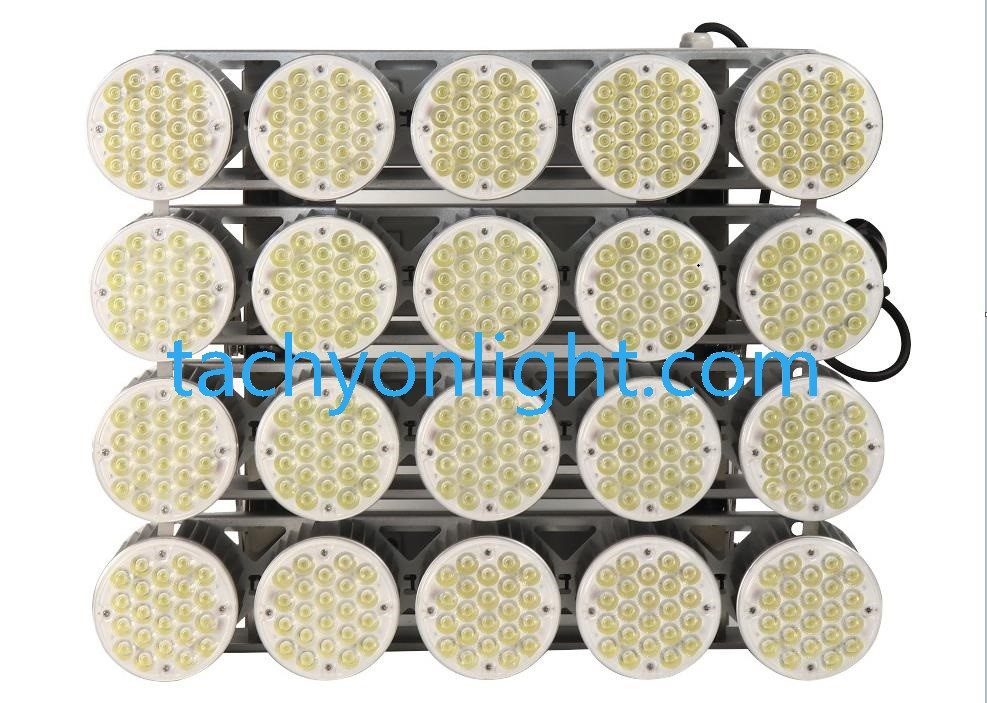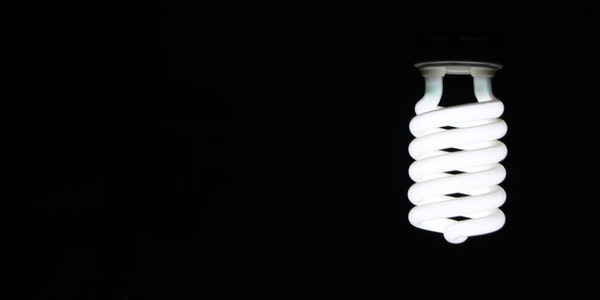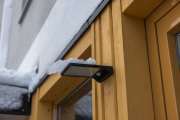What is American DLC certification?
To understand DLC certification, you must first understand Energy Star. Energy-Star is a project led by the US government (US Environmental Protection Agency (EPA) and Department of Energy (DOE)), combined with the participation of product manufacturing and retail, and is mainly aimed at energy consumption of consumer electronic products. Saving plan.
ENERGY STAR certification requires all manufacturers to submit test results issued by laboratories recognized and approved by the U.S. Department of Energy and the U.S. Environmental Protection Agency that have been reviewed and authorized by IAS to be valid. For lighting products entering the U.S. market, Energy Star is not a mandatory certification, but the U.S. government strongly supports this certification. It also provides for subsidies to manufacturers and households that sell Energy Star certified products, and requires federal government agencies Choose Energy-Star certified products. Therefore, most of China’s light products sold to the United States have Energy-Star certification. The DLC is for products outside the ES specification.
DLC is a joint organization composed of public utility companies and regional performance efficiency agencies. It is in an excellent position to certify the quality and performance of energy-efficient lighting.
The goal of DLC is to promote the popularization of high-quality, energy-efficient lighting design in all commercial lighting fields. The DLC certified product catalog is used by public utility companies to promote high-performance solid-state lighting fixtures that have not been covered by the “ENERGY-STAR” standard throughout the United States.
Analyze the impact of DLC5.1 on LED lighting products from an electrical perspective
On the day of 2020.02.14, DLC issued the DLC5.0 version. This version is divided into two and implemented in two phases. The promulgation of DLC5.0 & DLC5.1, DLC5.0 specifications is a revolution in the lighting industry. It has been updated in light, electricity, heat, control and other aspects. Below we only analyze the impact of these two standards on LED lighting products from an electrical perspective.
DLC is called DesignLights Consortium. The mission of this organization is to promote the application of high-quality and high-efficiency lighting products (note that high-quality and high-efficiency are the core).
In fact, people who do lighting electronics generally do not pay attention to this standard, because it is a performance standard and is limited to North America. It is a combination of UL (also called a non-mandatory non-profit private organization) + FCC (mandatory) Unity has become a “three-pronged strategy” for LED solid-state lighting to enter North America. Performance standards, general business, certification, project managers, bosses, etc. look a lot. But this standard change has changed this status quo. At the same time, add that DLC is not mandatory, similar to UL, but if you don’t have this logo, you may not be able to sell it in most places.
One of the biggest characteristics of DLC is the rapid change. First, it is due to the rapid change of LED itself. Second, the consumer products are updated quickly. Third, it needs to have a sense of presence and make money. If the standard is not updated, there will be a lot of low light efficiency and low efficiency. Quality products have always existed in the market, so it is necessary to constantly update standards and eliminate some low-end products in order to achieve the mission of this organization.
Update of DLC Standards
- DLC has basically maintained a one-year or two-year version in the past ten years.
- Especially from V3.0 to V4.X, the update is more frequent, the time is from 2014 to 2018. These years are the years when LED lighting has expanded rapidly.
- The time span before some versions is very large, and there are basically too many games behind this. We will analyze the background of the DLC standard and specifications later.
- There is a difference of nearly 500 days between V5.0&V5.1 and the previous version, and the announcement time has been pushed back and forth, which proves to be quite difficult.
- Every standard update will arouse heated discussion, especially domestic foundries. After all, many companies make profits by exporting LED products to North America, and this time is no exception.
Going back to the updated V5.0+V5.1, let’s first look at the time process and execution process, from release to implementation, so there is not much time left for the factory/manufacturer.
- For brand new products that meet V4.4 but not V5.0, you can continue to submit, and you can’t apply again until 2020.5.31. 2020.12.31 All products that only meet V4.4 but cannot meet V5.0 will be excluded from the DLC product list.
- Applications for new products that meet the performance of V5.0 will be submitted on February 18, 2020 (that is, tomorrow), until October 31, 2020, and December 31, 2021. All products that only meet V5.0 but not V5.1 will be offline. This It is an essential change. Below we mainly talk about this change.
- V5.1 2020.7.1 will start accepting applications for updates or new product applications.
DLC Ver 5.1 Requirements for Electricity
V5.1 clearly stipulates that products meeting V5.1 must be dimmable (that is, controllable). There is no limit to the way. SCR, 0-10V, DALI, power carrier, wireless, etc. are all accepted. Anyway, it is necessary to adjust Light, which has a fatal effect on products such as LED tubes. The details are as follows:
For indoor lighting, all products need continuous dimming. The definition of continuous dimming will be discussed later.
For outdoor lamps (except for individual types), all products need to be continuously or stepwise dimmable.
For LED lights, all products need to be continuously dimmable. This is a subversive requirement, that is, many conventional products need to add this function, which will have a huge impact on manufacturers. I don’t know if DLC will issue an exemption clause, otherwise it will be really difficult.
And this time, another operation is not to mention stroboscopic at all. The requirements, definitions, tests, etc. of stroboscopic in the second draft book, special book, and even test templates are given. This time the style of painting has changed completely. No more, the possible reasons are as follows:
- The evaluation mechanism of stroboscopic is not unified, or there is no effective evaluation mechanism
- The result of stroboscopic control of DLC products is not that bad
- The result of mutual compromise between relevant groups for their own interests.
Significant influence on several aspects of electrical design of lamps
- The 0.9+20% PF+THD requirement must still be met;
- 0-10V, 1-10V, power carrier, thyristor, DMX, DALI and more products with dimming interface emerge in the market,
- There are more and more products with sensors,
- The general trend of wireless dimming is that everyone must compete, not the previous military masters must compete + smart high-end, basic products will have this function,
- Hardware engineers still need to strengthen the design of software and hardware interfaces,
- Digital power driver chips should become more and more popular to meet the needs of interfaces,
- Separate driver manufacturers will profit, and shipments of separate drivers as accessories will increase,
- Integrated products with built-in drivers, lamps, E39/E40 HID products will suffer in 2021,
- From the perspective of power supply solutions, ordinary high-PF Buck solutions will be severely impacted.
Shortcomings of DLC V5.0 & V5.1
- Strengthen the control of dimming, but lack the refined requirements for the light quality and performance requirements of the dimming process, which will lead to a large number of products designed to meet the basic DLC requirements, such as PF under full dimming /THD, EMC requirements, etc.,
- The lack of some other performance requirements for dimming products, such as start-up time, standby power consumption, does not rule out the subsequent interpretation version or subsequent version,
- Because there is no increased stroboscopic requirement, and the requirement of PF+THD needs to be met, this still leads to a large number of single-stage PFC solutions on the market, and the reliability of the power drive of such products is still a problem,
- Excessive emphasis on the light efficiency of the product is beneficial to high-power outdoor products above 200W, and too strict for low-power products, prone to the risk of non-compliance in mass production after testing.
5. DLC has always given certain tolerances to some parameters, such as PF/THD/Optical, which has certain loopholes.



